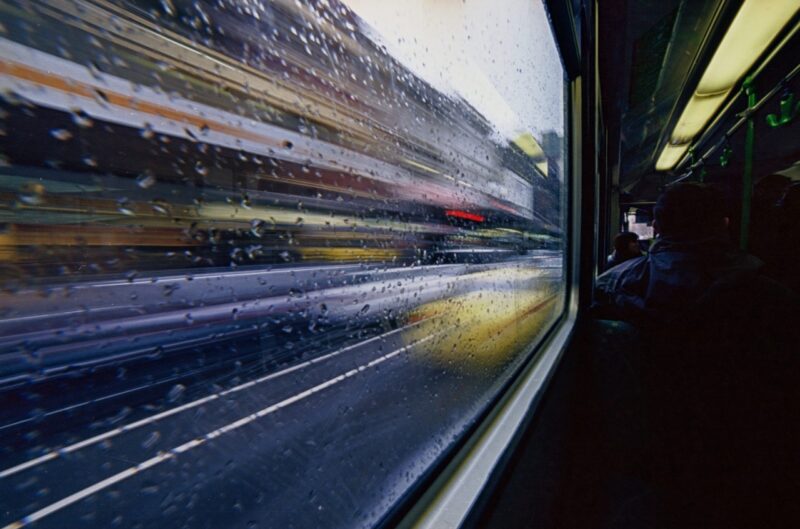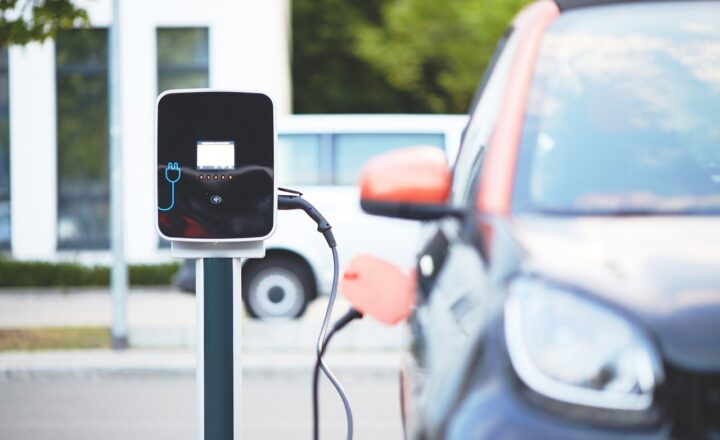How Public Transport is Reducing Urban Pollution and Traffic
November 15, 2024

Urbanization has transformed the landscape of cities around the world, leading to increased pollution levels and traffic congestion as the population swells and the number of vehicles on the road rises. In this pressing context, public transport emerges as a pivotal solution, offering not only a means of mobility but also significant environmental and social benefits. This article explores how public transport systems are effectively reducing urban pollution and easing traffic woes, contributing to healthier and more sustainable urban environments.
### 1. The Growing Challenge of Urban Pollution
Cities are facing an unprecedented challenge with air quality and pollution. According to the World Health Organization (WHO), urban air pollution is attributed to approximately 4.2 million premature deaths globally each year. The primary sources of this pollution include vehicular emissions, industrial releases, and construction activities, which yield harmful particulates and gases like nitrogen dioxide (NO2) and particulate matter (PM).
Urban areas with high car dependency are particularly vulnerable to traffic-related pollution. As cities expand, the increased reliance on personal vehicles exacerbates the problem, leading to gridlocked streets and an uptick in carbon emissions. Public transport provides a crucial alternative, enabling mass transit and reducing the reliance on individual car use.
### 2. Public Transport as an Environmental Solution
#### A. Reduced Carbon Footprint
Transitioning to public transport systems can significantly lower urban carbon emissions. Studies reveal that buses and trains emit far less CO2 per passenger mile compared to personal cars. For instance, a full bus can replace multiple cars on the road, leading to diminished overall emissions.
Innovations in public transport technology, such as electric buses and trains, are contributing further to this reduction. Cities adopting these technologies are witnessing substantial decreases in greenhouse gas emissions, thus directly contributing to improved air quality.
#### B. Encouraging Sustainable Urban Development
Public transport promotes sustainable urban planning by facilitating higher-density developments around transit hubs. This model not only enhances accessibility to services and amenities but also reduces the need for extensive car infrastructure. Developments like mixed-use buildings encourage walking and cycling, further diminishing the dependency on cars and the consequent pollution levels.
### 3. Alleviating Traffic Congestion
#### A. Public Transport Capacity
The inherent design of public transport systems is to accommodate many passengers simultaneously, which effectively alleviates traffic congestion. A busy bus or train can transport dozens, if not hundreds, of passengers at once, preventing an equivalent number of vehicles from using the roads. Transport authorities often note that cities with efficient public transport systems experience lower traffic volumes and reduced snarl-ups.
#### B. Integrated Multi-Modal Transport
Modern urban transport strategies encourage the integration of various transport modes, such as buses, trains, bicycles, and even ride-sharing services. This multi-modal approach allows passengers to transition seamlessly between different transport types, improving connectivity and offering flexible transport options. Cities like Amsterdam and Berlin exemplify this model, showcasing how integrated systems enhance public transport accessibility and, therefore, reduce road congestion.
### 4. The Economic Impact of Improved Public Transport
#### A. Decreased Transportation Costs
Public transit systems often offer an economical alternative to car ownership. By using buses or trains, individuals spend less on fuel, parking, and vehicle maintenance. This affordability encourages more people to utilize public transport, resulting in fewer cars on the road. Consequently, urban areas see financial savings in infrastructure development and maintenance, as fewer roads and parking spaces would need to be constructed.
#### B. Boosting Local Economies
Efficient public transport can stimulate local economies by making it more accessible for residents to reach job opportunities, amenities, and services. Increased foot traffic around transit stations can also benefit local businesses. This economic interdependence ultimately promotes urban vibrancy and helps create an environment conducive to growth and innovation.
### 5. Social Benefits of Public Transport
#### A. Enhanced Mobility and Accessibility
Public transport systems play a vital role in enhancing mobility, especially for vulnerable populations who may lack access to private vehicles. This inclusivity ensures that people of all ages, backgrounds, and income levels can access employment, education, and healthcare, thereby fostering social equity.
#### B. Strengthening Community Bonds
Public transport facilitates social interactions and connections, as passengers share communal spaces during their journeys. This aspect can strengthen community bonds and enhance social cohesion, contributing to the overall quality of life in urban areas.
### Conclusion
As cities grapple with the challenges of urban pollution and traffic congestion, public transport systems emerge as a formidable ally in the quest for sustainability. By significantly reducing carbon emissions, enhancing mobility, and alleviating traffic, public transport can help usher in a new era of cleaner, healthier urban living.
As our cities continue to evolve, it is crucial for governments and communities to invest in and promote public transport initiatives. By doing so, we are taking a necessary step toward a greener and more connected future for everyone.






